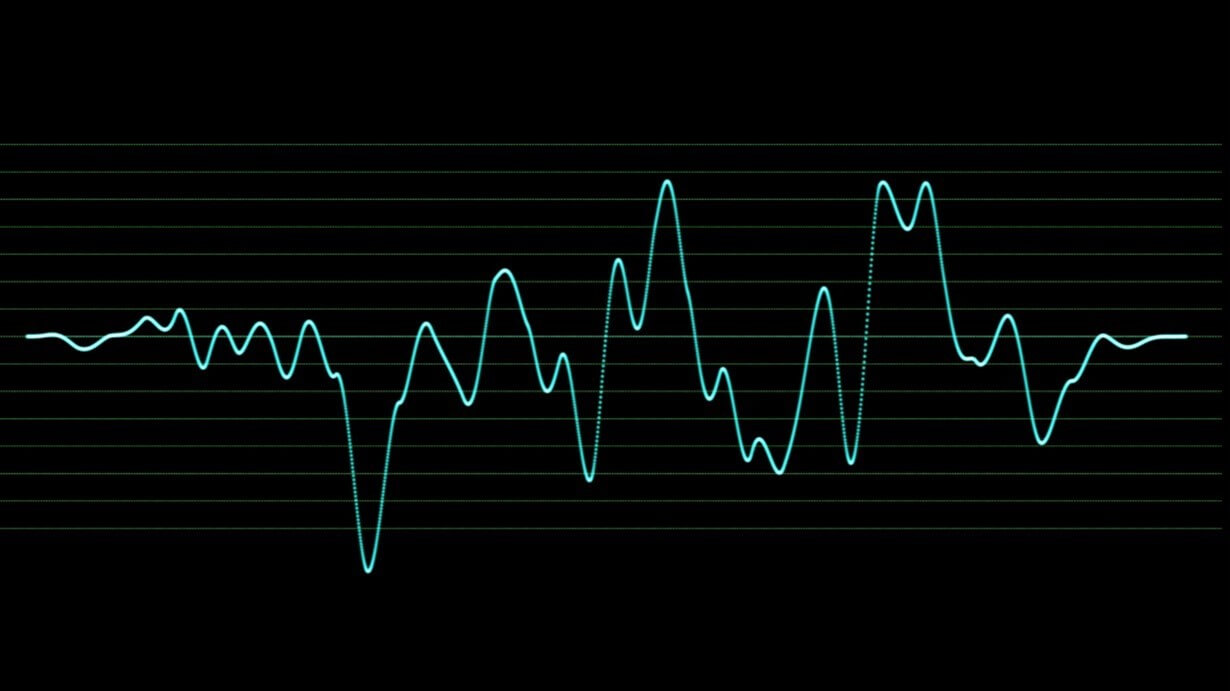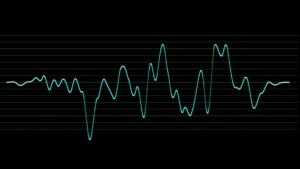In the hustle and bustle of urban living, vibrations are a constant, often unnoticed, part of our environment. Whether it’s the subtle tremor felt while driving a car or the gentle jolt in an elevator, these vibrations are generally accepted as part of daily life. However, when vibrations originate from external sources, such as road traffic, trams, or railway lines, they can intrude into homes, causing noticeable disturbances. This is particularly true near heavy traffic or underground railways, where vibrations can create a persistent trembling sensation in buildings. These vibrations often produce a low-frequency rumbling noise, known as structure-borne sound, caused by the building radiating sound into rooms. Secondary noises, like rattling doors or crockery, can also amplify the disturbance.
The impact of these vibrations depends on several factors, including proximity to the source, the speed and type of traffic, the quality of the road or track, and the construction of the building. Changes in the soil, such as modifications to the sewer network or adjacent buildings, can also exacerbate vibrations or increase ground-borne noise. Contrary to popular belief, vibrations from passing trains are too weak to cause structural damage to buildings.

The Reality of Building Damage From Vibration
A common fear among residents living near railways is that ground-borne vibration could damage their homes. However, this fear is largely unfounded. Damage to buildings due to ground-borne vibration from railways is exceedingly rare. In some cases, minor cosmetic damage, such as small cracks, may occur, but these are more likely due to natural factors like soil settlement during construction, weather variations, or poor construction quality, rather than vibration from rail traffic.
In construction scenarios involving activities like pile driving, which can cause vibrations much stronger than those from rail traffic, protocols are usually in place to assess and address potential damage. Typically, an expert may be commissioned to assess the condition of nearby buildings before construction begins. If cosmetic damage occurs and is linked to the construction work, the responsible company is usually liable for repairs. However, it’s important to note that the vibration strengths involved in such scenarios, often exceeding 5.0 mm/s peak particle velocity (PPV), are far greater than those produced by trains, which typically range between 0.1 and 0.6 mm/s.
The Growing Concern of Ground-Bourne Noise
Ground-borne noise, which is the sound transmitted through the ground into buildings, is an issue that particularly affects homes near underground railways. This type of noise is most noticeable inside dwellings and can be especially disruptive during quieter times, such as at night. Legal limits for environmental noise typically guide acceptable levels of ground-borne noise, with thresholds usually set around 35 to 40 dB(A) during the day and 25 to 30 dB(A) at night. These levels, though relatively low, can still cause discomfort, particularly if the noise is intermittent or occurs during sleep.
For underground trains, maximum ground-borne noise levels between 25 and 30 dB(A) have been applied by some authorities, reflecting the need to minimise disturbance to residents. While these levels are not typically harmful, they can cause significant discomfort, particularly for those who are more sensitive to noise. In some cases, a ‘C-weighting’, which adjusts for low-frequency sounds, is used to assess ground-borne noise more accurately.

The Complex Nature of Vibration
Vibration is a multifaceted phenomenon that can significantly affect the quality of life for those living near railways. Long-term exposure to noticeable vibration, particularly over several years, can lead to a range of reactions, from mild annoyance to significant discomfort. The relationship between vibration exposure and annoyance has been extensively studied, including in the EU Cargovibes project, which combined data from various field studies involving over 4,000 respondents. This study highlighted the correlation between vibration levels and the percentage of affected residents.
According to the Cargovibes study, at a PPV level of Vmax = 0.01 mm/s, the percentage of annoyed residents is close to zero. However, as the vibration level increases to Vmax = 0.4 mm/s, the percentage of annoyed residents rises to approximately 15%, with up to 5% being highly annoyed. These findings underscore the importance of managing vibration levels in residential areas.
Addressing Complaints and Future Directions
Complaints about vibration and noise are common, especially in areas where railway infrastructure has changed. While most countries do not mandate mitigation based solely on complaints, some infrastructure managers have developed procedures to investigate and address these concerns, sometimes including on-site measurements to assess the situation more accurately.
In some cases, a more detailed analysis is needed, involving the review of geophysical information to assess ground characteristics such as soil stiffness and density. If a serious risk is identified, further geological and geotechnical studies might be necessary to determine the area’s susceptibility to high vibration levels. Based on these assessments, a rough estimate of vibration strengths at the building’s foundation can be made.
Effective communication with residents is crucial. Reassuring them that there is little to no risk of damage to their property due to rail traffic can help alleviate concerns. Encouraging residents to keep a log of observed vibrations can assist in identifying patterns and determining if further action is needed.
Future Developments in Vibration Prediction
The prediction of railway-induced vibrations is evolving, with a range of methods currently in use, from highly scientific to empirical. As the demand for harmonisation and benchmarking grows, it will become increasingly important to account for differences in these methods.
Presently, methods for predicting vibrations in buildings caused by rail traffic on future tracks remain largely academic. Accurate predictions require extensive site-specific data, such as soil damping, soil layering, and the interaction between track and vehicles. This process is generally uneconomical for large-scale projects, presenting a significant challenge.
In research, scientific methods like finite element or boundary element modelling are used to assess the effectiveness of mitigation measures. While these approaches offer valuable insights, they often rely on rough assumptions, particularly regarding soil parameters and the source of excitation. As a result, these models cannot be directly applied to real-life situations without significant fieldwork to determine the crucial parameters.
Given these challenges, a flexible approach to setting target values for future cases may be necessary, considering a broader range of uncertainties and allowing for some excess in target values.
In conclusion, while railway-induced vibrations and noise are complex phenomena, ongoing research and improved communication with residents can help manage their impact on urban environments. As prediction methods evolve, the goal will be to balance accuracy with practicality, ensuring that mitigation measures are effective and economically viable.

About the Author
Dr Andrew Peplow has over thirty years of experience in civil and environmental engineering. He has been engaged in the understanding of computational dynamics, environmental noise, and vibration control. His early work on the Boundary Element Method (BEM) for acoustic and elastic wave propagation set the stage for contributions in the field. Andrew’s expertise has been further enhanced through collaboration with institutions such as KTH in Stockholm, TUM Munich and Aalborg University in Denmark. Supported by a Royal Academy of Engineering and EU Marie Curie grant, his joint research on the Waveguide Finite Element Method (FEM) and Exact FEM/BEM modelling has advanced the understanding of wave propagation in periodic and waveguide structures.
Andrew has provided his expertise on topics applied to advise and solve complex challenges in railway vibration, structural and building vibration prediction, and environmental noise control. He has been instructed as technical expert for industries ranging from heavy plant operations to large-scale HVDC stations and wind farms. He has also had articles featured in several notable acoustics publications including the Journal of Sound & Vibration, Applied Acoustics, and the Journal of Acoustical Society of America.
If you have a vibration or noise related query and need the help of an expert, contact us for a free consultation.


